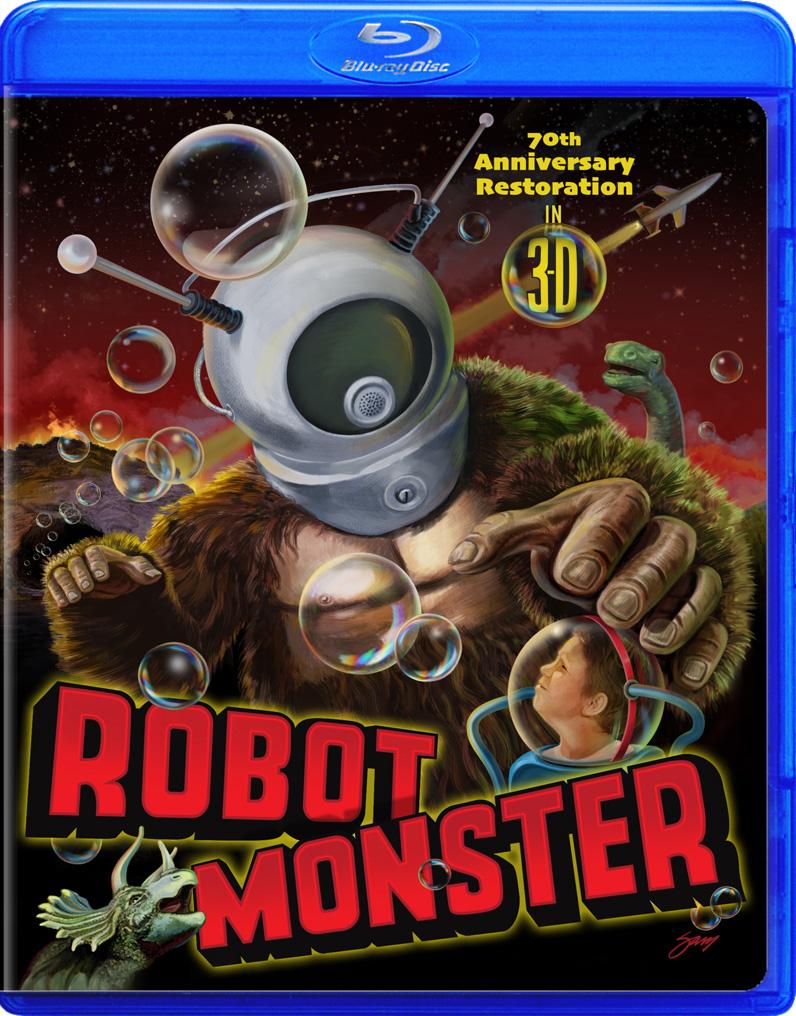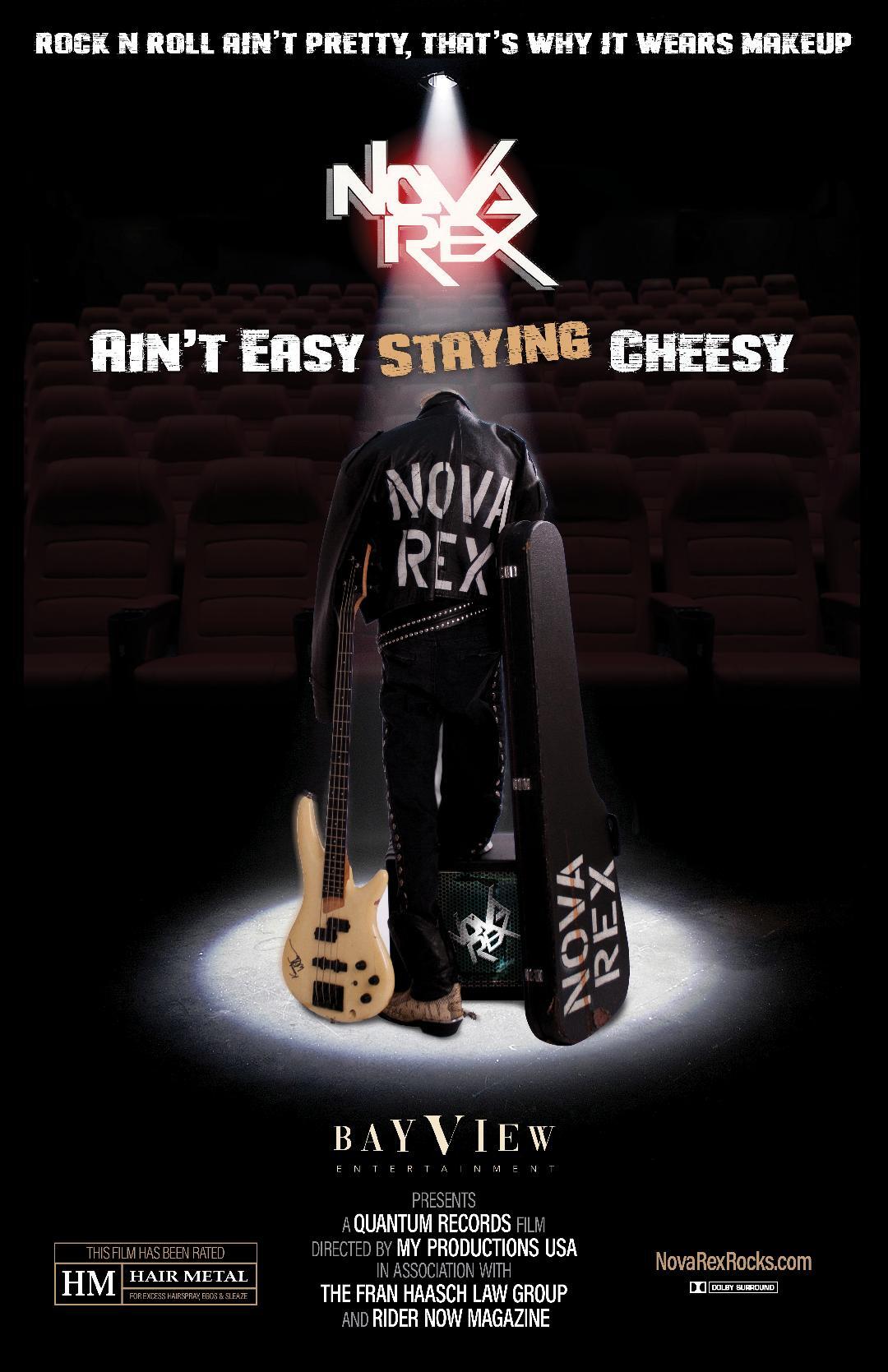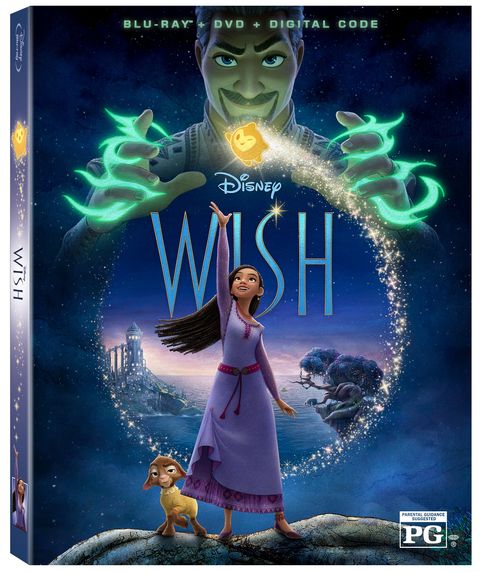
The 1950s is without question, one of the most important eras in the history of cinema. That is because it was during that decade, some of the most well-known science fiction flicks of the 20th century were crafted and released. From 1951’s The Thing From Another World and The Day The Earth Stood Still (both of which were important statement movies, one asking audiences to really examine themselves in what they think they know and the other being an allegory about Cold War politics) to the underrated 1955 flick Tarantula (whose villain wasn’t really a villain because his intentions were actually positive but led to the killer spider) to 1956’s timeless take on Shakespeare’s The Tempest that is Forbidden Planet and so much more, the 1950s produced so many timeless and important science fiction movies. Of course, for all of the great, timeless movies that the genre saw released, there were also plenty of works that proved less memorable. They include and are not limited to the likes of Cat Women of the Moon, King Dinosaur and Robot Monster. Bayview Entertainment is scheduled to release the last of those movies Tuesday on a new, unique presentation. The movie’s forthcoming presentation is unique in part because of its story, which will be discussed shortly. Bayview’s people also made it possible for people with and without 3D Blu-ray players to view the movie in 3D thanks to certain matters. This will be discussed a little later. The bonus content that accompanies the movie’s 2D presentation is also of positive note and will also be addressed later. When all of this is considered together, it makes the new re-issue of Robot Monster a great new blast from cinema’s past.
Bayview Entertainment’s forthcoming re-issue of Three Dimension Pictures’ 1953 science fiction flick Robot Monster is an intriguing presentation from the independent studio. The movie’s story and its very presentation are at the core of that interest. The story is relatively simple: A race of alien beings from another planet introduced nuclear weapons to humans and the humans in turn used those weapons to wipe each other out. Only a small handful of people (eight total) have survived the global destruction. When the head alien, known only as the Great Guidance (George Barrows – who also was on of two actors to handle the role of Ro-Man) finds out that there were survivors, its orders Ro-Man to find and kill them. Ro-Man obeys but only until he is introduced to Alice (Claudia Barrett), a young woman for whom he falls. There’s just one problem, the Great Guidance does not like this even though Ro-Man does kill the family’s youngest two members and Roy (George Nader), Alice’s husband. The result is that Ro-Man meets a less than favorable fate, even as he kills the family’s youngest male, Johnny (Gregory Moffett). The movie does have a happy ending, believe it or not. That ending will leave audiences scratching their heads quite a bit and wondering what they just watched in a total sense of disbelief, but in an unsuspectingly positive fashion. This even considering how the whole thing plays out over the course of its 63-minute run time.
The story is campy and outrageous to say the very least. That is because of how dumbed down and silly it all proves to be. The thing is that all the camp and silliness is what makes all the inanity so fun to watch. It is just on part of what makes the movie worth watching. The very presentation of the story adds to the fun in its own right. Ro-Man is a giant gorilla-looking being with a diving helmet who uses an abandoned cave as its base. Every time it turns on its transmitter to communicate with its leader, bubbles float from the machine, which is hilarious in its own way. The dialogue is so silly in its own right, as Ro-Man threatens the humans. Audiences cannot help but feel sorry for the cast as each cast member tried to make the best of a horrible situation. Even the special effects used when Ro-Man tries to use his death ray (of sorts) are so campy. Between all of this and so much more, the very presentation of the story and the story itself makes for so much entertainment and engagement. In other words, it collectively gives audiences reason enough to watch the movie.
While the over-the-top silliness of the movie’s story and its presentation form a solid foundation for the movie’s new presentation, the re-issue also includes a pair of vintage style 3D glasses that viewers can use with the movie’s “anaglyphic” setting to watch the movie in its original 3D presentation. This means that even those people who do not own a 3D Blu-ray player can still view the movie in that format. All of this should be noted since apparently 4K UHD players are not compatible with 3D Blu-ray discs. So Bayview has really looked out for its audiences even in this aspect.
The bonus content that comes with the movie’s 2D presentation builds even more on the movie’s positive presentation. The most notable of the bonus content comes in the form of two separate features, each led by Sean Thrunk, from the 3D Film Archive, “Saving Slick” and “Rescuing Ro-Man.” “Saving Slick” is a retrospective of sorts in which Thrunk discusses Slick Slavin, who provides the movie’s introduction. Slavin provides a little stand-up impersonation as an opening act of sorts, and Thrunk talks about how it came to be included with the movie in the movie’s original theatrical presentation. Learning the history and hearing from Slavin, too makes for its own share of engagement and entertainment. “Rescuing Ro-Man” offers just as much insight if not more so. One of the most interesting pieces of information that Thrunk notes in his discussion here is that Robot Monster actually recoupled more than half of its $16,000 production cost in its first week, with ticket sales totaling $11,000. He points the finger of blame (so to speak) on a decline in the popularity of 3D technology even way back at that era. Thrunk points out that many audiences at the time complained that they experienced symptoms, such as head aches as a result of trying to watch the movie with the necessary special glasses. This insight proves interesting because in hindsight, it shows that maybe just maybe there never has been a place for 3D technology whether in the mid-20th century or even in the 21st century. It seems each time, technology has popped up, its popularity has been only fleeting at best. This should serve as a reminder to audiences and movie makers alike that not every technological advance (including streaming) will prove eternally successful.
Thrunk also admits in his discussion here, the movie is quite silly in hindsight, though all involved meant to take the movie seriously. The thing of it is, he notes, is that the movie’s script was written to come from the vantage point of a child, which is why it comes across as being so silly. This plays directly into the movie’s resolution, which again will be left for viewers to discover for themselves. Understanding this as one watches the movie, the whole does make more sense, and in turn audiences will gain more appreciation for the silliness and camp. It is just one more revelation that shows what makes this bonus so engaging and entertaining. When the discussion overall is considered alongside the discussion on Slick Slavin and his introduction, the two bonuses and the movie’s feature-length commentary come together to make for plenty of worthwhile extras. Those extras work with the story and its presentation in the movie’s 2D presentation to make for just enough engagement and entertainment. To that end, the movie’s brand-new re-issue proves to be at least somewhat successful even despite its one major shortfall.
Bayview Entertainment’s brand-new re-issue of Three Dimension Pictures’ 1953 sci-fi flick Robot Monster is an intriguing offering from the independent studio. Its interest comes in large part through its over-the-top silly story and the presentation thereof. The story and its presentation are camp at their finest. As noted, though, that camp was intentional, as is pointed out in the bonus feature outlining the movie’s background. The ability of viewers to watch the movie through its original 3D platform is possible through the “anaglyphic” setting and the included 3D glasses. Sorry folks with glasses (like me) you will have to take off your glasses to be able to comfortably wear them. It’s a small price to pay. The bonus content on the 2D presentation makes for even more enjoyment thanks to the background that it offers. Each item noted here is key in its own way to the whole of the movie’s presentation. All things considered they make Bayview’s re-issue of Robot Monster a true blast from cinema’s past.
Robot Monster is scheduled for release Tuesday through Bayview Entertainment. More information on this and other titles from Bayview Entertainment is available at:
More information on this and other titles from Bayview Entertainment is available at:
Website: https://www.bayviewentertainment.com
Facebook: https://www.facebook.com/bayviewentertainment
Twitter: https://twitter.com/BayViewEnt1








